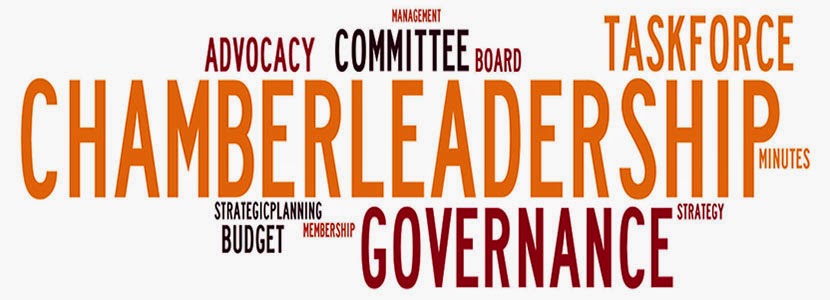Communicating with confidence is an essential skill for success in both personal and professional life.
When you communicate with confidence, you are more likely to be taken seriously, be persuasive, and build strong relationships.
Here are some tips for communicating with confidence:
- Be prepared. Before you communicate, take the time to gather your thoughts and make sure you know what you want to say. This will help you to feel more confident and in control.
- Speak clearly and concisely. When you speak, make sure your words are clear and easy to understand. Avoid using jargon or technical terms that your audience may not understand.
- Make eye contact. Eye contact is a powerful way to show confidence. When you make eye contact with the person you are speaking to, you are showing them that you are engaged and interested in what they have to say.
- Use body language to your advantage. Your body language can also communicate confidence. Stand up straight, keep your shoulders back, and make eye contact. Avoid fidgeting or looking away.
- Be positive and enthusiastic. When you communicate with confidence, you should also be positive and enthusiastic. This will help to create a positive impression on your audience.
- Practice makes perfect. The more you practice communicating with confidence, the easier it will become. So don't be afraid to put yourself out there and start practicing!
Here are some additional tips for communicating with confidence:
- Believe in yourself. The first step to communicating with confidence is believing in yourself. If you don't believe in yourself, no one else will. So start by taking some time to think about your strengths and accomplishments. What are you good at? What have you achieved? Once you start to believe in yourself, it will be easier to communicate with confidence.
- Don't be afraid to make mistakes. Everyone makes mistakes. The important thing is to learn from your mistakes and move on. So don't let the fear of making a mistake hold you back from communicating with confidence.
- Fake it until you make it. If you're not feeling confident, sometimes the best thing to do is to fake it until you make it. This means acting confident, even if you don't feel it. Over time, the more you act confident, the more confident you will become.
Communicating with confidence is a skill that takes time and practice to develop.
But by following these tips, you can start to communicate with more confidence and see the benefits in your personal and professional life.


